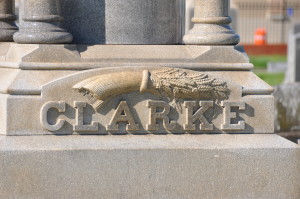Skip to content
Driving through Central Texas recently, I made a detour to visit a Fairy . . . and the tiny town named after her.
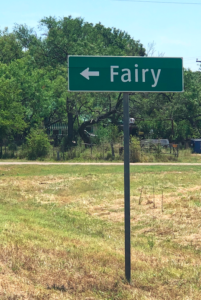
In a state that likes to brag that “bigger is better,” the town of Fairy Texas in Hamilton County named themselves after a surprisingly diminutive member of their community.
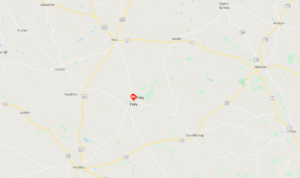 Originally known as Martin’s Gap it was named after James Martin, a settler killed by local Indians in the 1860s while driving cattle through a “gap” between two mountains in the area. He was buried at the foot of one of those mountains.
Originally known as Martin’s Gap it was named after James Martin, a settler killed by local Indians in the 1860s while driving cattle through a “gap” between two mountains in the area. He was buried at the foot of one of those mountains.
As you can see from the map, it isn’t “on the way” to anywhere particularly…but it’s worth a road trip diversion.
When a post office was requested for the town in 1884, locals renamed it “Fairy” to honor Fairy Fort Phelps (1865-1938), the daughter of Sallie and Battle Fort, a former Confederate Army Captain and lawyer.
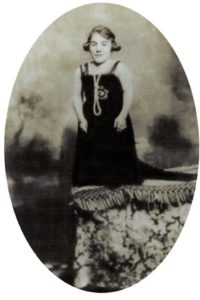
One of the smallest Texans ever, Fairy was just 2’ 7” tall and weighed about 28 pounds. Her size didn’t stop her from leading a somewhat normal life and becoming one of the most beloved people in her community.
Her namesake town once had a cotton gin, school, general store, café and businesses to serve the ranchers in the area.
Fairy had four younger brothers: Henry; Hugh Franklin; William “Battle,” Jr; and Walter Herbert – all of whom were average heights.
Fairy and her father taught area children at a school in their home for many years. One story reflects how respected and well liked she was by her students. The tale states that it became necessary for Fairy to paddle an unruly student, but she couldn’t high enough. The student himself lifted his teacher onto a chair so she could paddle him.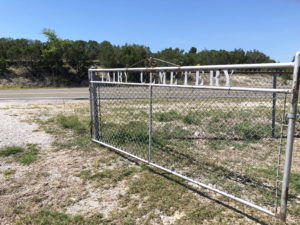
The petite young lady even married twice, once to William Y. Allen in 1892 and again to T. J. Phelps in 1905, but both marriages ended in divorce. Probably not surprisingly, she never had children, but she did live into her 70s and is buried with her parents at…yes…Fairy Cemetery. The sign on the gate alone is enough to back you look twice.
Fairy’s post office closed in 1947, and the school consolidated with Hamilton schools in 1967. A Baptist church, community center, volunteer fire department, a few homes and one historic cemetery are all that endure.
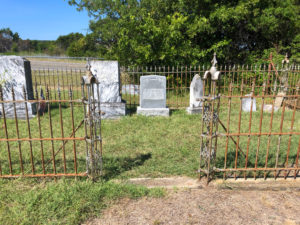
The stories of a petite woman who lived life to the fullest remain with the residents, and those who stop to visit her gated grave.
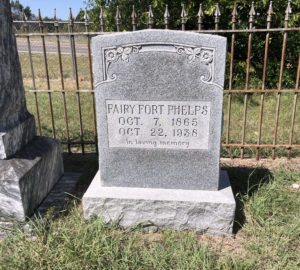
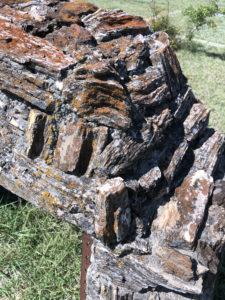 The tiny town’s cemetery is interesting on its own for a variety of style of distinctive, handmade grave markers. Many exhibit expert stone carving skills, but others include one constructed of petrified wood and another meticulously covered with sparkling, local minerals.
The tiny town’s cemetery is interesting on its own for a variety of style of distinctive, handmade grave markers. Many exhibit expert stone carving skills, but others include one constructed of petrified wood and another meticulously covered with sparkling, local minerals.
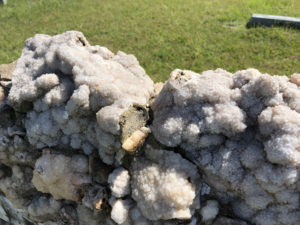
Oh….and if you’re curious what locals are called, they are “Fairians.” How cute is that?
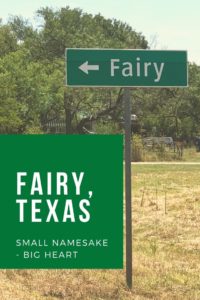
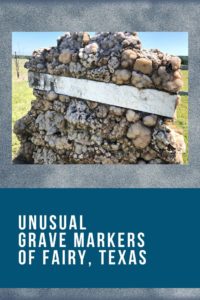
 ng holidays, we are surrounded by symbols of harvest and bounty. One of the most popular symbols of the season’s bounty is a sheaf of wheat, which is why it is often incorporated into decorations.
ng holidays, we are surrounded by symbols of harvest and bounty. One of the most popular symbols of the season’s bounty is a sheaf of wheat, which is why it is often incorporated into decorations.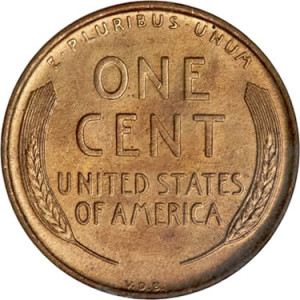 The image is so connected with bounty and prosperity that it was at one time used on United States currency.
The image is so connected with bounty and prosperity that it was at one time used on United States currency.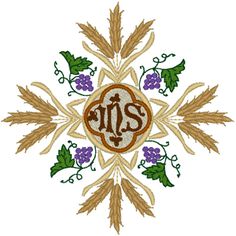 Eucharist, a motif of everlasting life through belief in Jesus. Therefore when wheat is used on gravestones or memento mori, it represents a divine harvest – being cut to resurrect the “harvest” into everlasting life or immortality.
Eucharist, a motif of everlasting life through belief in Jesus. Therefore when wheat is used on gravestones or memento mori, it represents a divine harvest – being cut to resurrect the “harvest” into everlasting life or immortality.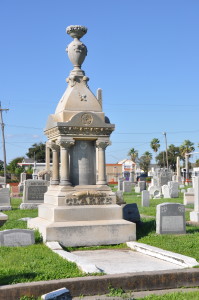 The wheat sheaf can also signify a long and fruitful life, often more than 70 years.
The wheat sheaf can also signify a long and fruitful life, often more than 70 years.











